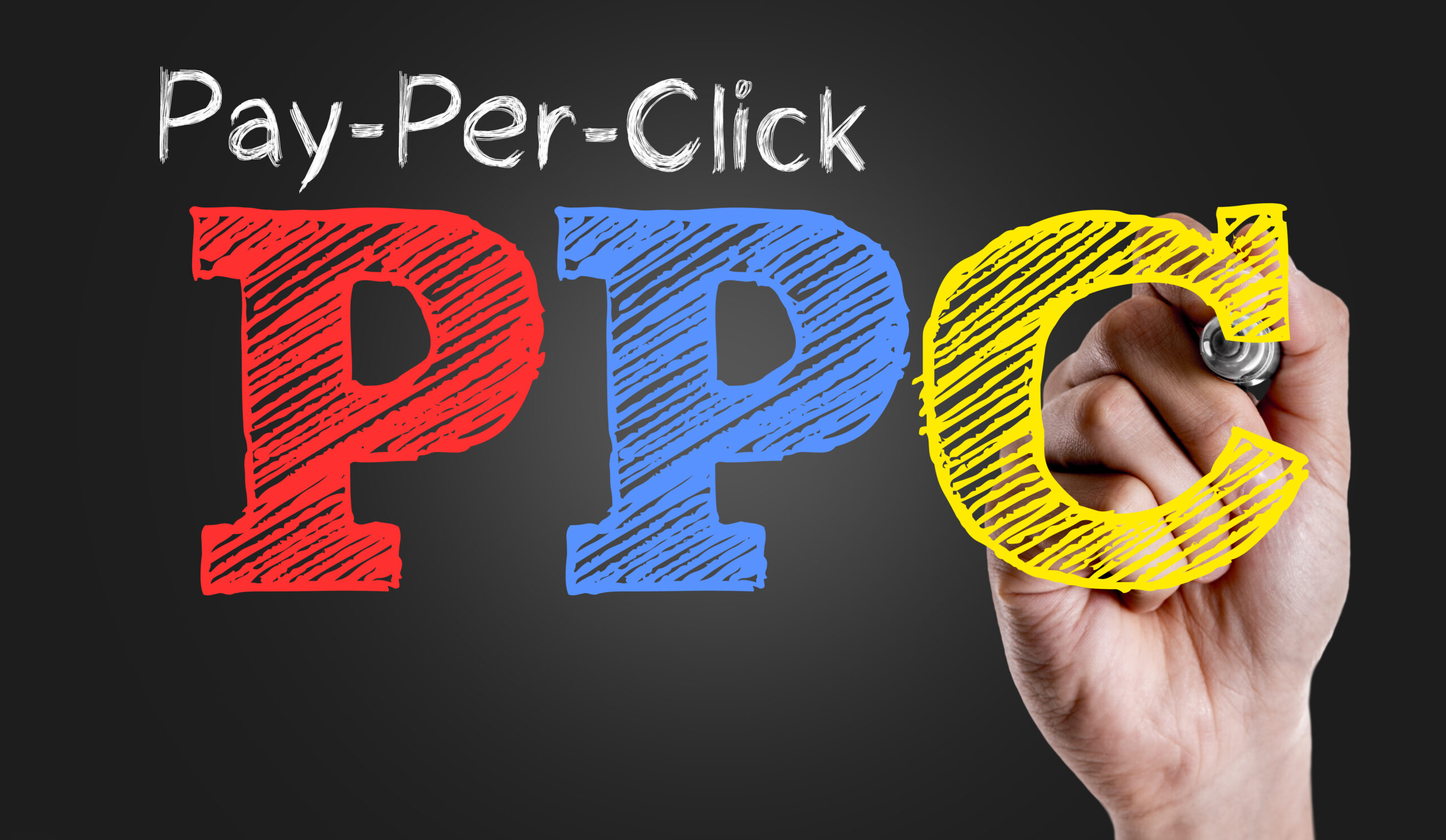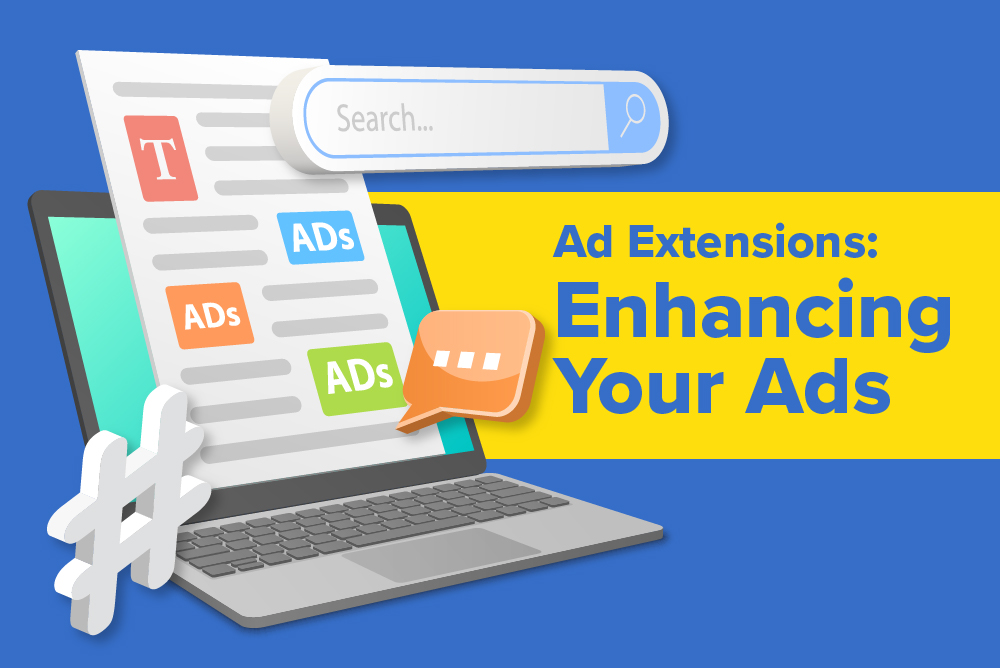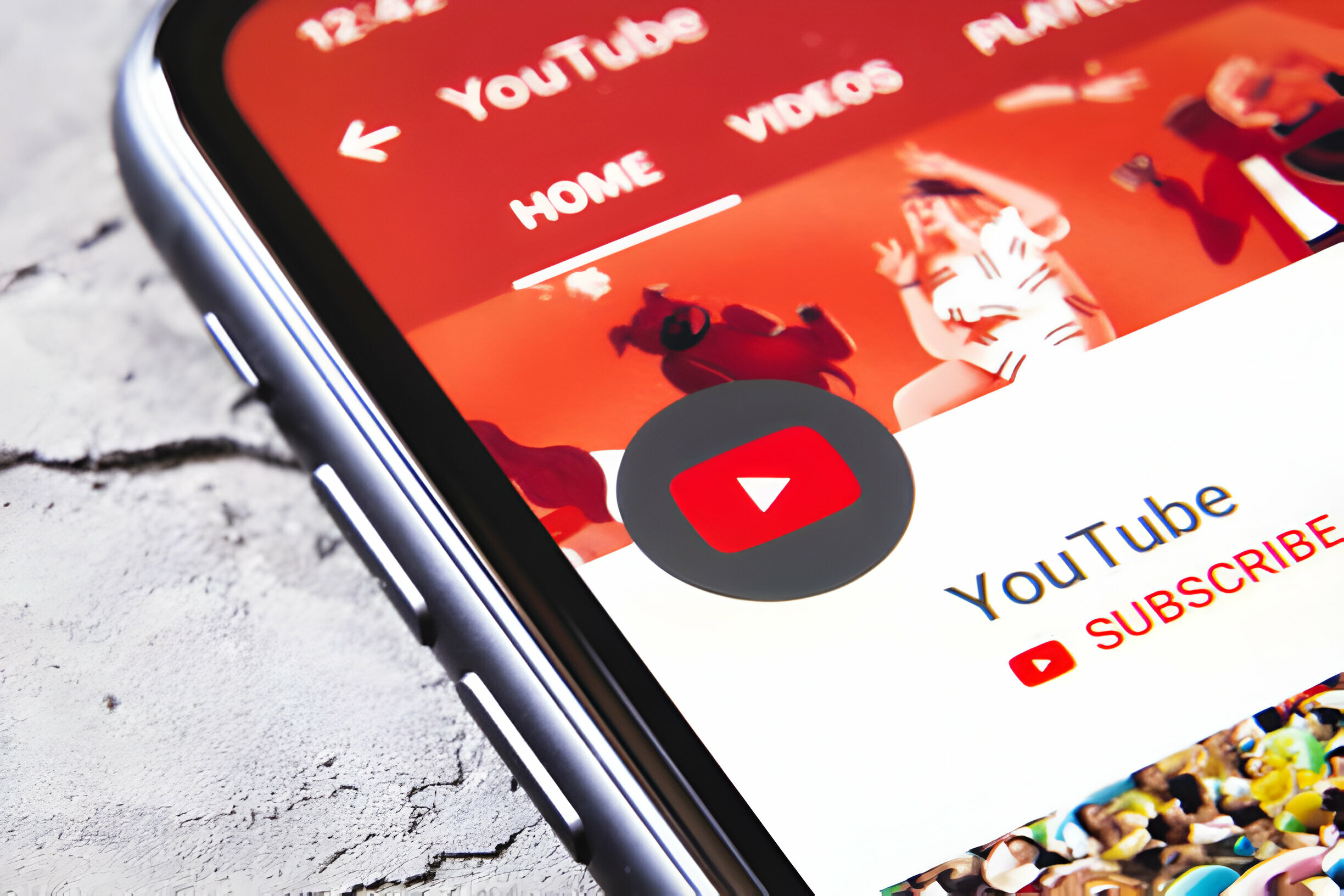Choosing between Google Ads and Facebook Ads depends on various factors, including your business goals, target audience, and advertising budget.
Google Ads primarily focuses on search intent, displaying ads to users actively searching for relevant keywords. This makes it effective for capturing high-intent leads. On the other hand, Facebook Ads leverage demographic and interest-based targeting, allowing you to reach a broader audience based on their preferences.
If your goal is immediate conversions, and you want to capture users actively searching for products or services, Google Ads might be the preferred choice. In contrast, if you aim to build brand awareness, engage with a specific demographic, or promote visually appealing content, Facebook Ads could be more suitable. Ultimately, a well-thought-out strategy considering your specific business objectives will guide the choice between these two powerful advertising platforms.
Difference Between Google Ads And Facebook Ads
Understanding the difference between Google Ads and Facebook Ads is pivotal for crafting a successful online advertising strategy. These platforms, often viewed as competitors, offer distinct advantages and cater to different aspects of the buyer’s journey. Understanding these nuances is essential for making informed decisions aligned with your business objectives.
Campaign goals: tailoring your approach
Google Ads emerges as a powerhouse for demand capture, specifically targeting users exhibiting high purchase intent. When users actively search for specific keywords, such as “water bottle,” it signals a clear interest in making a purchase. Google Ads excels at aligning advertisements with search intent, making it the go-to choice for campaigns seeking immediate conversions.
Example: Imagine strategically placing a Google search ad for the keyword “water bottle.” Such an ad can effectively lead to direct sales by meeting the user’s immediate needs.
In contrast, Facebook Ads thrive in the realm of brand and product awareness, targeting users at the top of the sales funnel. While users on Facebook may not be actively searching for products, the platform provides an excellent opportunity for discovery and engagement. Visually appealing ads can capture attention and create brand recall.
Example: Consider a Facebook ad featuring vibrant visuals and showcasing a new product. Such an ad can effectively generate awareness and interest among users who might not have been actively seeking the product.
Budget allocation: maximising return on ad spend
Effective budget allocation is fundamental to any successful ad campaign. Google Ads necessitates careful consideration of keyword competition and cost-per-click (CPC). Limited budgets may face challenges with high CPC for targeted keywords. On the flip side, Facebook Ads offer a more flexible budget approach, allowing for broader reach within specified financial constraints and facilitating experimentation to identify optimal strategies.
Example: A practical illustration involves comparing a $100 daily budget. On Google Ads, a high CPC for a specific keyword might limit clicks, whereas the same budget on Facebook Ads could potentially reach a more extensive audience and facilitate valuable experiments.
Stages in the buyer’s journey: matching platforms to user intent
Understanding where users stand in the buyer’s journey is pivotal for aligning platforms with user intent. Facebook, being a social platform, suits the discovery phase, where users explore interests. Google, with its vast number of daily searches, caters to various stages of the buyer’s journey. Specific keywords indicate high purchase intent, making it an apt choice for bottom-funnel considerations.
Example: Imagine a user searching for “best water bottle” on Google. This search query signals a bottom-funnel intent, aligning with direct purchase considerations.
Historical and competitor data: informed decision-making
Analysing historical data and competitor strategies serves as a cornerstone for informed decision-making. Insights into past campaign performance, successful strategies, and pitfalls provide a valuable reference for shaping current strategies. For newcomers, a thorough examination of competitor ads on both Google and Facebook unveils tactics, aiding in the refinement of one’s approach.
Example: Picture a scenario where a marketer analyses competitor ads, noting successful placements, creative assets, and messaging styles. This competitive intelligence becomes a guidepost for developing an effective advertising strategy.
Platform comparison: reach, targeting, and ad formats
Reach
- Similarity: Both Google and Facebook dominate in their respective fields, with Google reigning as the most visited website globally, and Facebook boasting three billion monthly users.
- Difference: While Facebook’s user base is substantial, Google’s reach is unparalleled, with nearly three billion searches occurring every minute.
Targeting Options
- Similarity: Both platforms offer demographic targeting options.
- Difference: Google relies predominantly on keywords to find its ad audience, while Facebook leverages user data to precisely pinpoint a business’s ideal customer.
Ad Formats
- Similarity: Both Google Ads and Facebook Ads offer multiple ad formats.
- Difference: Google’s most popular ad, the search ad, is text-only. Google display ads incorporate images but offer fewer options for creativity. In contrast, Facebook Ads offer greater flexibility, being more visually driven and supporting various formats like images, videos, and carousels.
When to use Google Ads and Facebook ads?
Choosing between Facebook Ads and Google Ads hinges on various factors, including the difference in audience, industry, and business goals. Google Ads excels in driving immediate sales, making it ideal for businesses prioritising quick conversions. In contrast, Facebook Ads shine when the focus is on building brand awareness and fostering connections with customers over time.
Example: Imagine a company selling space heaters—a utilitarian product. In this case, prioritising immediate sales through Google Ads might be the strategy of choice. Conversely, a trendy fashion company emphasising brand value might opt for Facebook Ads to build brand strength and cultivate a loyal customer base.
Understanding Google Ads

Google Ads, formerly known as Google AdWords, constitutes a powerful platform for targeted pay-per-click (PPC) advertising. This means that advertisers only incur costs when users click on their ads. These advertisements are strategically placed across various Google platforms, including Google searches, the Google Display Network—a vast collection of over two million websites—and Google-owned properties like Gmail and YouTube.
How do Google Ads work?
Google Ads functions through a diverse array of ad types, with paid search ads being one of the most prominent. These text-only ads appear on Search Engine Results Pages (SERPs) based on their relevance to search terms and the amount the advertiser is willing to pay for those specific keywords. Additionally, Google offers other popular ad formats, including
- Google Display Ads: These are image-based banner ads that feature across the extensive Google Display Network. Adhering to the best practices of Google Display Ads, the visual appeal of these ads contributes to their effectiveness in capturing user attention.
- Google Shopping Ads: Tailored for e-commerce, these ads display specific products directly in Google Search results. This format is especially beneficial for showcasing products and attracting potential buyers.
Google Ads employ a targeted approach, allowing advertisers to focus on their desired audience using various parameters, such as
- Search Intent Targeting: Advertisers can align their Google Ads with specific keywords and phrases, ensuring they appear when users actively search for relevant information or products.
- Demographic Targeting: Google Ads enable advertisers to refine their audience based on demographic information, including age, gender, location, family status, and household income.
This combination of keyword precision and demographic targeting enhances the effectiveness of Google Ads, enabling businesses to tailor their campaigns to reach audiences most likely to engage with their products or services.
Benefits of Google Ads
- Evolution of ad formats: Google Ads, formerly known as Google Adwords, has evolved beyond simple text-based ads. The inclusion of features like reviews, detailed contact information, a shopping function, and mobile optimisation enhances the overall appeal of ads, improving click-through rates.
- High click-through rates (CTR): In Q1 of 2020, Smart Insights reported that Google search ads achieved the highest CTR at 1.55% compared to display and Facebook ads. The prioritisation of ads based on relevance contributes to this high CTR, ensuring that users are more likely to engage with ads that align with their search intent.
- Relevance over highest bid: While bidding on keywords is a crucial aspect of Google Ads, the highest bid doesn’t always guarantee success. Ad relevance to the user’s search intent plays a pivotal role, ensuring that ads resonating with the user’s query have a better chance of being displayed.
- Effective remarketing: Google Ads facilitates effective remarketing, allowing brands to reconnect with users who have interacted with their brand previously. For instance, advertisers can re-engage users who visited their site and added items to their shopping cart but didn’t complete the purchase. This feature extends to various Google platforms, including search, YouTube, and the Display Network.
- User-friendly interface: Google boasts a simple interface that is easy to navigate for advertisers. Advanced features like the search term report, ads editor, and auction insights contribute to the ease of building, launching, and tracking campaigns.
- Broad reach within Google’s ecosystem: Google Ads provides access to a vast ecosystem, including the search engine, YouTube, and the Display Network. This broad reach allows advertisers to connect with their audience across different platforms, maximising the visibility of their ads.
- Strategic campaign tracking: Advanced tracking features, such as the search term report and auction insights, enable advertisers to monitor and analyse the performance of their campaigns. This data-driven approach empowers advertisers to make informed decisions and optimise their campaigns for better results.
Understanding Facebook Ads

Facebook Ads represent a robust form of targeted social advertising, essential for running the best Facebook marketing campaigns, that extends its reach across Meta properties, encompassing platforms such as Facebook and Instagram. These ads come in various formats, including images, carousels (a series of swipeable images), and videos. They seamlessly integrate into users’ main feeds, Stories, or Reels on both Facebook and Instagram.
How do Facebook ads work?
Facebook Ads are strategically placed within the feeds of social media users as they navigate Meta apps, such as Facebook and Instagram. These ads mimic regular posts but are distinguishable by the label “Sponsored” below the profile name, indicating that advertisers have paid for their visibility in users’ feeds.
Key features of how Facebook Ads function include:
- Ad formats: Facebook Ads leverage various formats, including images, carousels, and videos, providing advertisers with creative flexibility to capture user attention effectively.
- Targeted placement: These ads seamlessly blend into users’ feeds, ensuring a natural and non-intrusive integration into the social media experience.
- Advanced targeting options: Facebook ads offer advertisers an array of advanced targeting options, enabling them to pinpoint their target audience based on demographics and user interests and behaviour.
- Demographic targeting: Advertisers can refine their audience based on demographics such as age, gender, location, family status, and household income.
- Interest and behaviour targeting: Advertisers can tailor their campaigns based on user interests, friends, pages interacted with, and other clicked ads, allowing for a highly personalised approach.
- Payment models: Facebook Ads accommodate different payment models, including pay-per-click (PPC) campaigns, where advertisers are charged when users click on their ads.
- Pay-per-impression (PPM) campaigns: Advertisers can opt for pay-per-impression campaigns, where charges are incurred per 1,000 impressions, providing flexibility in aligning with specific campaign goals.
Benefits of Facebook ads
- Largest social media platform: Facebook, as per the 2021 Statista report, stands as the leading social media platform with a colossal user base of over 2.7 billion monthly active users. This extensive reach provides advertisers with a vast audience pool to engage and target.
- Granular targeting capabilities: Facebook Ads offer unparalleled granular targeting options, allowing marketers to reach users based on demographics, behaviours, life events, and interests. This detailed targeting enables advertisers to tailor their campaigns with precision, ensuring messages resonate with specific audience segments.
- Lookalike audiences: Before launching a campaign, advertisers can create “lookalike audiences” on Facebook. This feature enables the platform to show ads to audiences who closely match the characteristics of a defined user persona, enhancing the likelihood of reaching a relevant audience.
- Detailed targeting advantage over Google Ads: One significant advantage Facebook Ads holds over Google Ads is its detailed targeting capabilities. Marketers can hone in on specific characteristics and preferences, ensuring their ads are presented to a highly relevant audience, a feature that may be more intricate compared to Google Ads.
- Improved click-through rates (CTR): Facebook Ads often yield better click-through rates (CTR) compared to other platforms. Smart Insights reported that in Q1 of 2020, the median CTR for a Facebook ad on the newsfeed was 1.11%, significantly surpassing the CTR for Google Display ads during the same period.
- Visual appeal and engagement: Facebook’s emphasis on visual content makes ads more engaging. The platform’s format, especially within the newsfeed, allows for visually compelling advertisements, capturing user attention and encouraging interaction.
- Diverse ad formats: Facebook Ads offer a variety of ad formats, including images, videos, carousels, and slideshows, making it crucial to choose the perfect Facebook campaign objective. This versatility allows advertisers to experiment with different content types, catering to diverse audience preferences and increasing the overall effectiveness of their campaigns.
Navigating The Google Ads Vs. Facebook Ads Dilemma With First Page

The choice between Google Ads and Facebook Ads hinges on understanding the unique strengths each platform offers. Whether it’s the precision of Google Ads in capturing high purchase intent or the engaging visuals and extensive audience reach of Facebook Ads, the decision should align with your business goals, target audience, and budget. To navigate this decision-making process seamlessly, consider partnering with experts in the field.
At First Page, we offer specialised Google Ads services and Facebook Ads services, ensuring that your advertising strategy is not just effective but tailored to the specific needs of your business. By leveraging First Page’s expertise, you can unlock the full potential of these advertising giants and propel your business to new heights. Make the right choice for your business, backed by the comprehensive services of First Page. Explore our Google Ads and Facebook Ads services to embark on a journey of digital success.

















